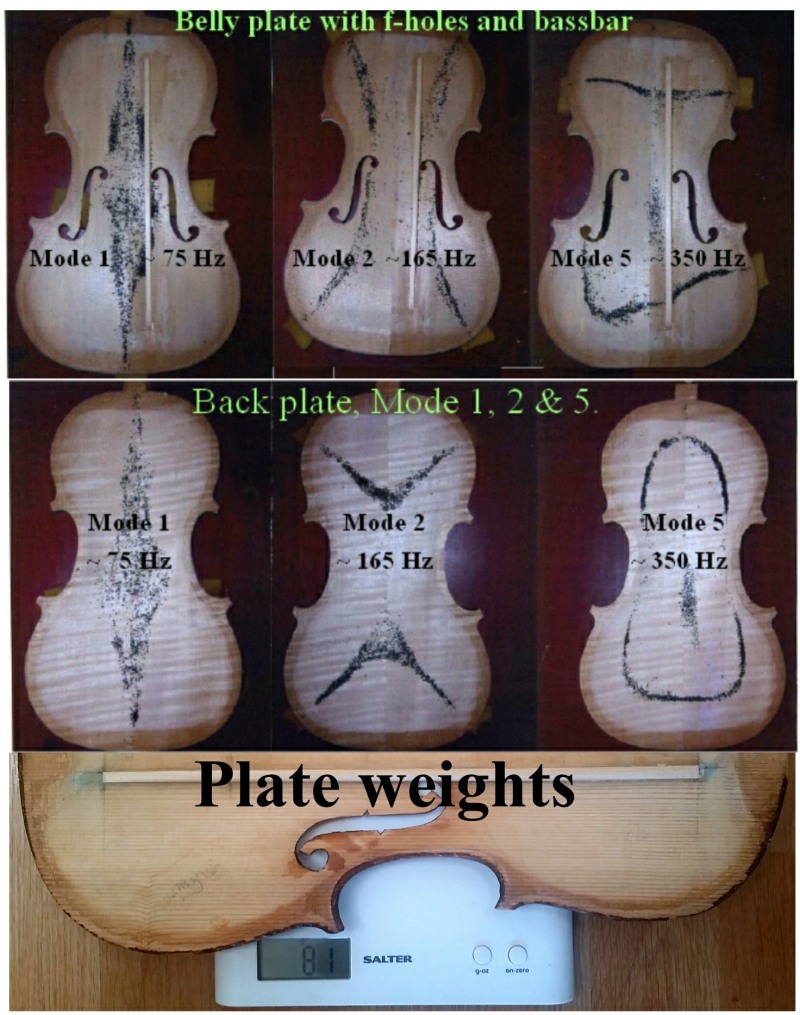|
A website for the serious amateur violin maker, restorer and tinkerer. A violin's front and back can be tuned using tap-tones. Measure the tap tones and plate weights and adjust them to get the best sound, the kind of sound you want, or make an instrument that is easy to bow.
|
